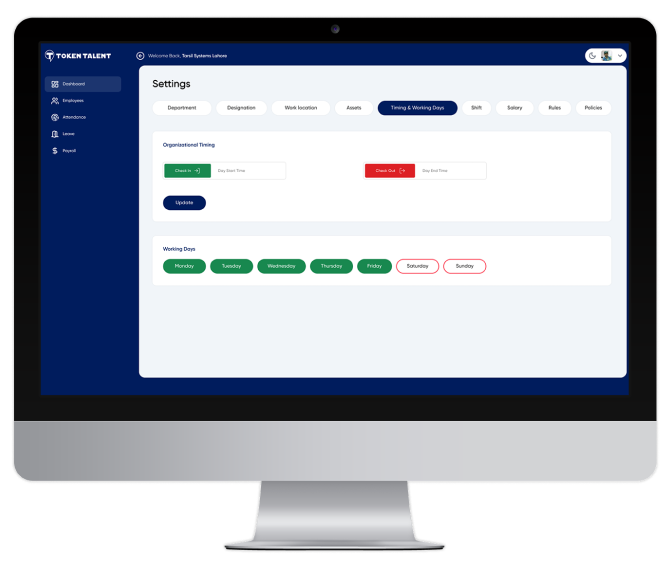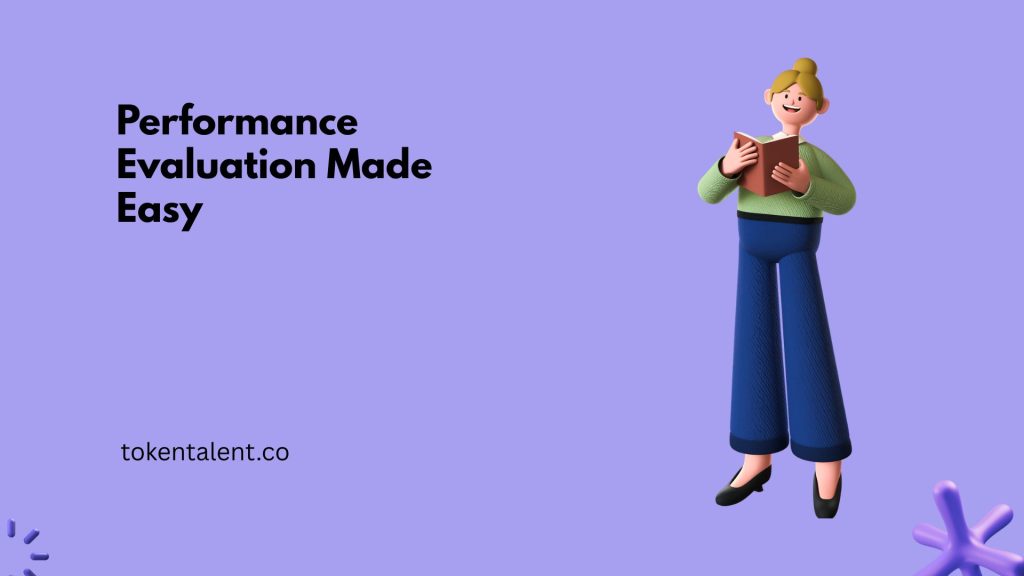Highlights
- Performance evaluations support growth, improve alignment, and help identify strengths and areas needing improvement.
- Thoughtful, clear communication makes reviews easier, more confident, and more effective for both sides.
- Using structured examples helps deliver focused, actionable, and personalized feedback.
- Self-assessments encourage employee ownership and lead to more balanced, open conversations.
- Regular check-ins, not just annual reviews, maintain motivation and alignment over time.
Performance evaluations don’t have to be stressful. When handled correctly, they become a valuable opportunity to give helpful feedback, boost morale, and support long-term growth. The key is using thoughtful language and effective tools that encourage positive outcomes.
In this blog, we’ll explore powerful performance evaluation examples and how to use them to support your team’s growth. Whether you’re offering praise or constructive feedback, these examples—and the right HR software—will make your review process easier and more impactful.
What Are Performance Evaluations and Why Do They Matter?
Performance evaluations are vital tools that help assess how well employees meet goals and contribute to team success. They provide structure, recognize wins, and identify areas for improvement—all essential for growth on both individual and organizational levels.
Using specific, constructive performance evaluation examples—such as for a community coordinator—helps managers provide meaningful feedback on communication, leadership, planning, and collaboration. These reviews become even more effective when combined with tools like Token Talent, an HR platform that streamlines evaluation, attendance tracking, and performance management.
By offering clear feedback and expectations, performance evaluations improve employee confidence, promote growth, and build strong team alignment.
What Are the Key Elements of a Performance Evaluation?
| Element | Why It Matters |
|---|---|
| Clear Expectations | Aligns individual goals with measurable outcomes. |
| Actionable Feedback | Provides growth-focused insights rather than vague praise or criticism. |
| Recognition of Growth | Boosts morale by acknowledging progress and achievements. |
| Consistent Structure | Ensures fair evaluations across teams using templates and ratings. |
| Development Planning | Encourages future success through clear goals and learning paths. |
These elements ensure evaluations are not just formalities, but valuable development tools—especially when paired with structured written examples and tools like Token Talent.
Effective Performance Evaluation Examples
- Performance & Results (Sales/E-commerce)
“You exceeded Q1 sales targets by 28%, contributing to our strongest quarter yet. Your strategic use of CRM insights and proactive outreach were key drivers.”
Why it works: Links specific actions to tangible outcomes. - Initiative & Problem-Solving (Startup/Product)
“You identified and fixed a checkout bottleneck, reducing cart abandonment by 15%. Your rapid action showed excellent problem-solving.”
Why it works: Emphasizes ownership and business impact. - Leadership & Collaboration (HR Software)
“Your guidance during client onboarding boosted satisfaction scores by 20%. You ensured cross-team collaboration was seamless.”
Why it works: Highlights teamwork, leadership, and results. - Growth & Development (Technical Role)
“You’ve grown into a reliable resource for API integration. Consider leading future sprints to further your impact.”
Why it works: Recognizes growth and provides direction. - Constructive Feedback (Customer Success)
“You’re empathetic and solution-focused. To improve retention, start using CRM flags for proactive check-ins.”
Why it works: Balances strengths with improvement tips. - Innovation & Efficiency (HR Tech/Operations)
“Your automation of internal reporting cut prep time by 40% and improved accuracy—helping HR and finance make better decisions.”
Why it works: Showcases measurable innovation.
These examples help build feedback conversations that are targeted, professional, and aligned with business objectives.
How Token Talent Enhances Performance Reviews
Token Talent is a modern HR software solution designed to automate and optimize your performance review process. In today’s fast-paced work environment, effective HR and streamlined evaluations are critical—not optional.
With Token Talent, you can:
- Track attendance using biometric devices.
- Automate timesheets and payroll processing.
- Conduct performance evaluations using customizable templates.
- Align individual growth with team goals through built-in development plans.

Token Talent transforms traditional HR operations into automated, results-driven systems that support better team management.
How Can Self-Evaluations Improve Your Reviews?
Self-assessments give employees space to reflect on their contributions and challenges. They promote accountability, ownership, and open dialogue. When combined with structured performance evaluations, they lead to:
- Better mutual understanding
- Honest and growth-driven conversations
- Insights into employee aspirations and needs
They help managers tailor their feedback and development plans more effectively.
Common Mistakes in Performance Reviews
Avoid these pitfalls to make your evaluations more valuable:
- Vague Feedback: “Good job” isn’t helpful. Be specific and measurable.
- Recency Bias: Consider the whole evaluation period—not just recent wins or issues.
- Avoiding Difficult Conversations: Address challenges constructively.
- One-Way Feedback: Invite employee input for richer discussions.
- No Forward Planning: End with a plan for development and progress.
Pro Tip: Treat reviews as two-way conversations, not one-sided reports.
Final Thoughts
Performance evaluations are more than just an HR formality—they’re a strategic opportunity to strengthen your team. By using clear, personalized examples and tools like Token Talent, you empower employees to grow and align their efforts with your company’s goals.
FAQ
How do you write a performance evaluation example?
Start with a specific goal or result. Mention the employee’s action and its impact. Keep it clear, balanced, and actionable. Example: “You improved lead response time by 40%, increasing conversion rates.”




